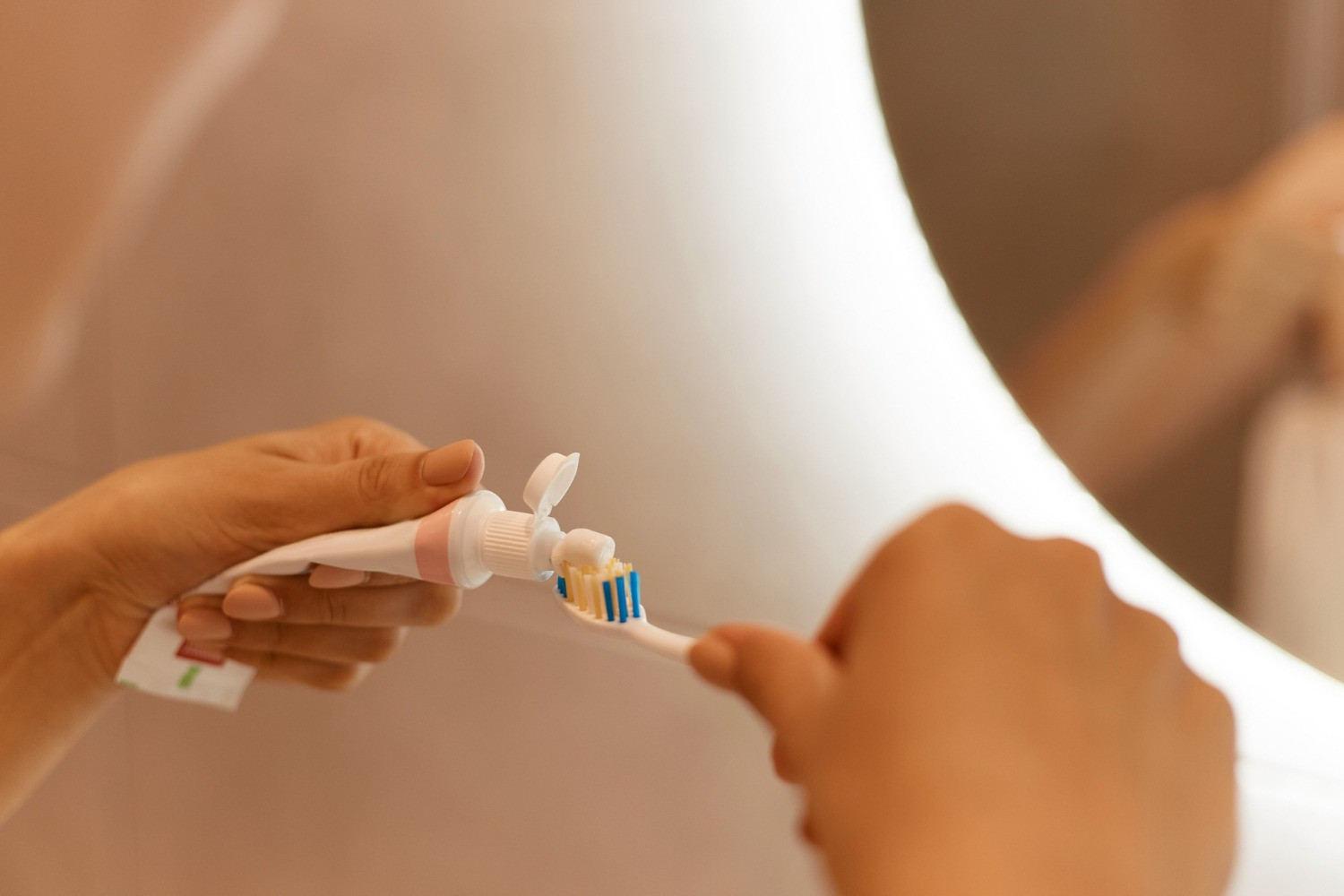Restrictions on cabin hygiene products
When it comes to preparing your toiletry kit for air travel, you'll have to comply with some very strict standards to comply with air travel restrictions. Personal hygiene products are allowed, provided they comply with certain size limits. Quantities accepted differ for cabin baggage and checked baggage.
To get through security and access the boarding gate with your suitcase, you'll need to bring :
- Containers not exceeding 100 ml for liquid items, with a total limit of 1 liter per passenger
- A small, transparent toiletry bag for easy identification of contents.
Bottles can be single-use or refillable. In the hold, the quantities allowed are more generous. You can take bottles with a maximum capacity of 500 ml, up to a limit of 2 liters per baggage item.
The question is whether toothpaste falls into this category of heavily regulated products.
The different types of toothpaste from the point of view of aviation regulations
Daily brushing is essential for good oral hygiene. Dentists recommend brushing for 2 minutes, 2-3 times a day. It's out of the question to deprive yourself of your toothpaste and toothbrush during your stay just because you have to catch a plane.
However, according to air transport regulations, different types of toothpaste do not fall into the same category.
Dental pastes or toothpaste gels in tubes or pump bottles
Whether whitening, anti-scaling or for sensitive gums, these products are considered to be liquids, and must therefore comply with regulations governing the carriage of liquids by air.
Solid toothpastes
Frequently chosen for their low ecological impact, they are a good compromise for travel. In solid bar form, such as soap on a stick or in a small metal box, they are not counted as liquid hygiene products.
Toothpastes in powder or tablet form
They benefit from the same advantages as solid toothpastes. Dental lozenges are perfect for travelers, as they each include the ideal dose for space-saving brushing. Dental powder is a convenient, compact version. However, take them with you in their original container, with the product designation and brand name to avoid confusion with medicines or illicit substances.
Practical tips for taking your toothpaste with you on the plane
Choosing solid, powder or tablet toothpaste gives you more space for other hygiene products in bottles, such as shower gel, shampoo, conditioner, make-up remover... However, be careful with glass bottles or jars, which may be more environmentally-friendly, but carry a risk of breakage.
For gel toothpastes, most tubes are around 75 ml. So you can take your own with you. However, special travel kits are available in shops and parapharmacy stores, with small 12 to 20 ml tubes, as well as folding toothbrushes to limit the space taken up in your toiletry bag.
If you use toothpaste in a pump bottle at home, we advise you to take your toothpaste with you in a small refillable plastic container. Indeed, pump bottles present a risk of spillage into your suitcase if the mechanism unlocks with shaking.
Travelling by plane with your favorite toothpaste may seem complex, but with these tips, you'll be well prepared to get through security without worry and enjoy your trip with complete peace of mind.

